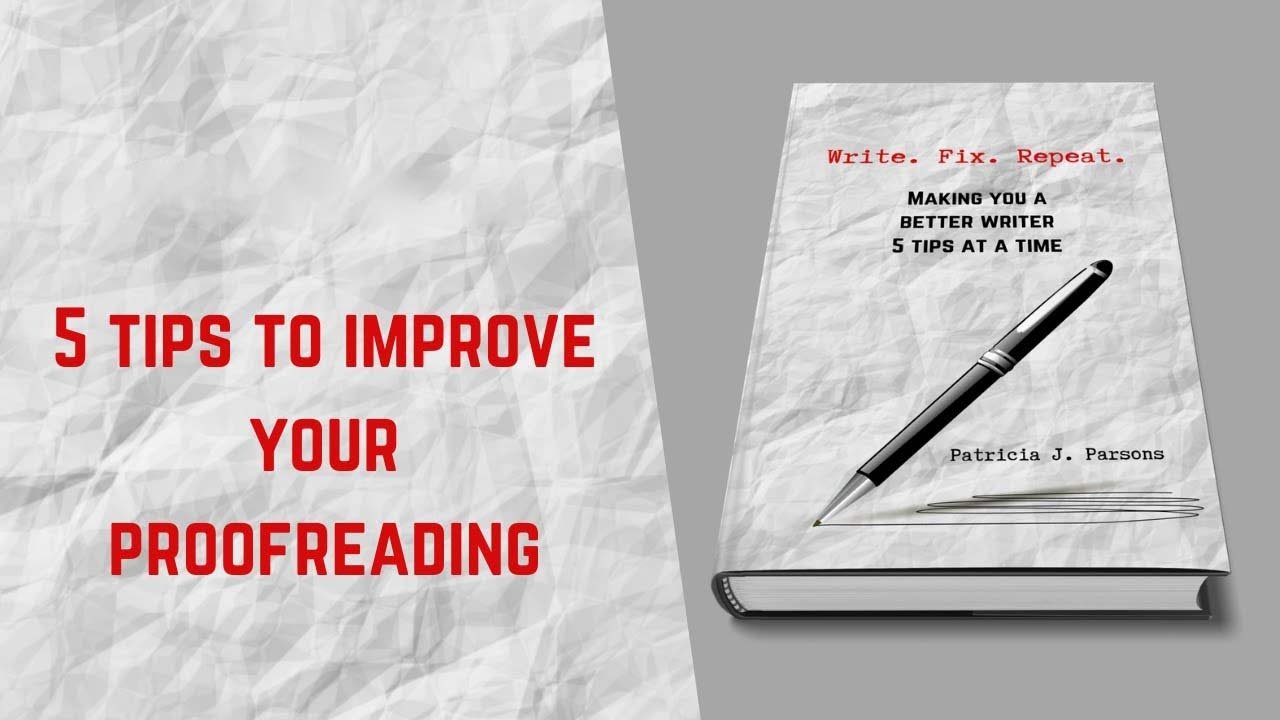Scientific proofreading is a critical skill for researchers, academicians, and professionals working in scientific fields. A well-proofread document not only ensures clarity but also enhances the credibility of your work. Whether you are editing your thesis, a research paper, or collaborating with scientific proofreading services, honing this skill is essential. In this blog, we will explore five actionable tips to improve your scientific proofreading abilities, along with insights into the importance of scientific editing and thesis proofreading.
Develop a Systematic Proofreading Process
Start with a Clear Plan
Before diving into the text, establish a structured approach to your thesis proofreading process. Start by identifying the specific areas you need to focus on, such as grammar, punctuation, formatting, and scientific accuracy.
Break It Down
Divide your document into manageable sections. Proofreading large scientific texts can be overwhelming, so tackle one section at a time. This method prevents fatigue and ensures you maintain accuracy throughout the process.
Use Multiple Passes
It is essential to proofread in stages. Begin by focusing on broad issues like structure and flow, then move on to finer details such as grammar and punctuation. Multiple passes ensure that no errors are overlooked.
Familiarize Yourself with Scientific Terminology
Understand Subject-Specific Vocabulary
Scientific documents often contain complex terminology and technical jargon. To proofread effectively, ensure you have a strong understanding of the subject matter.
Use Reference Materials
Keep reliable reference materials, such as scientific glossaries or dictionaries, at hand. These tools help you verify terminology and ensure consistency throughout the document.
Collaborate with Experts
If you are proofreading a document outside your area of expertise, consider consulting with subject matter experts. Their insights can enhance the accuracy of your proofreading efforts.
Leverage Technology for Enhanced Accuracy
Utilize Proofreading Software
Tools like Grammarly or other AI-powered platforms can assist in catching basic grammatical errors. However, remember that these tools are not infallible, particularly for scientific editing.
Explore Citation Managers
Accurate citation is a crucial aspect of scientific proofreading. Use tools like EndNote or Zotero to ensure consistency and adherence to citation guidelines.
Incorporate Track Changes
When proofreading for others, use track changes in word processing software. This allows authors to review and accept edits while maintaining transparency in the editing process.
Focus on Thesis Proofreading Techniques
Ensure Logical Flow
When proofreading theses, pay close attention to the logical flow of ideas. Ensure that arguments are presented coherently and that each section transitions smoothly into the next.
Adhere to University Guidelines
Many universities have specific formatting and style guidelines for theses. Familiarize yourself with these requirements and verify that the document complies with them.
Prioritize Clarity and Precision
Theses often involve detailed data and analysis. Make sure the language used is clear, precise, and free from ambiguity. Avoid overly complex sentences that may confuse readers.
Seek Feedback and Professional Guidance
Ask for Peer Reviews
Having a fresh set of eyes review your work can uncover errors you may have missed. Collaborate with peers or colleagues to gain constructive feedback.
Consider Scientific Proofreading Services
Hiring scientific proofreading services can be invaluable for high-stakes documents like journal articles or grant proposals. These professionals bring expertise in scientific editing, ensuring your work is polished and publication-ready.
Learn from Edits
When working with professional proofreaders or editors, review their changes carefully. This feedback can help you improve your proofreading skills over time.
Common Mistakes to Avoid
Overlooking Formatting Errors
Scientific documents often have strict formatting requirements. Neglecting these can lead to rejection, even if the content is strong.
Relying Solely on Technology
While software tools are helpful, they cannot replace human judgment. Always review the document manually for nuanced errors.
Ignoring Contextual Accuracy
Scientific proofreading is not just about grammar; it’s about ensuring accuracy in content. Always verify data, citations, and technical terminology.
Conclusion
Improving your scientific proofreading skills requires a combination of discipline, attention to detail, and continuous learning. By adopting a systematic approach, familiarizing yourself with scientific terminology, leveraging technology, and seeking feedback, you can enhance the quality of your scientific documents. Whether you are preparing a thesis or a research paper, these tips, coupled with professional guidance from scientific proofreading services, will help you achieve polished and professional results.
FAQs
1. How is scientific proofreading different from regular proofreading?
Scientific proofreading involves verifying technical accuracy, adherence to formatting guidelines, and ensuring the clarity of complex scientific concepts.
2. Can I rely solely on proofreading tools for scientific editing?
No. While tools are helpful, they cannot replace human expertise, especially for context-specific issues in scientific documents.
3. Why should I consider scientific proofreading services?
Professional services offer expertise in scientific editing, ensuring your document meets academic and publication standards while saving you time and effort.
